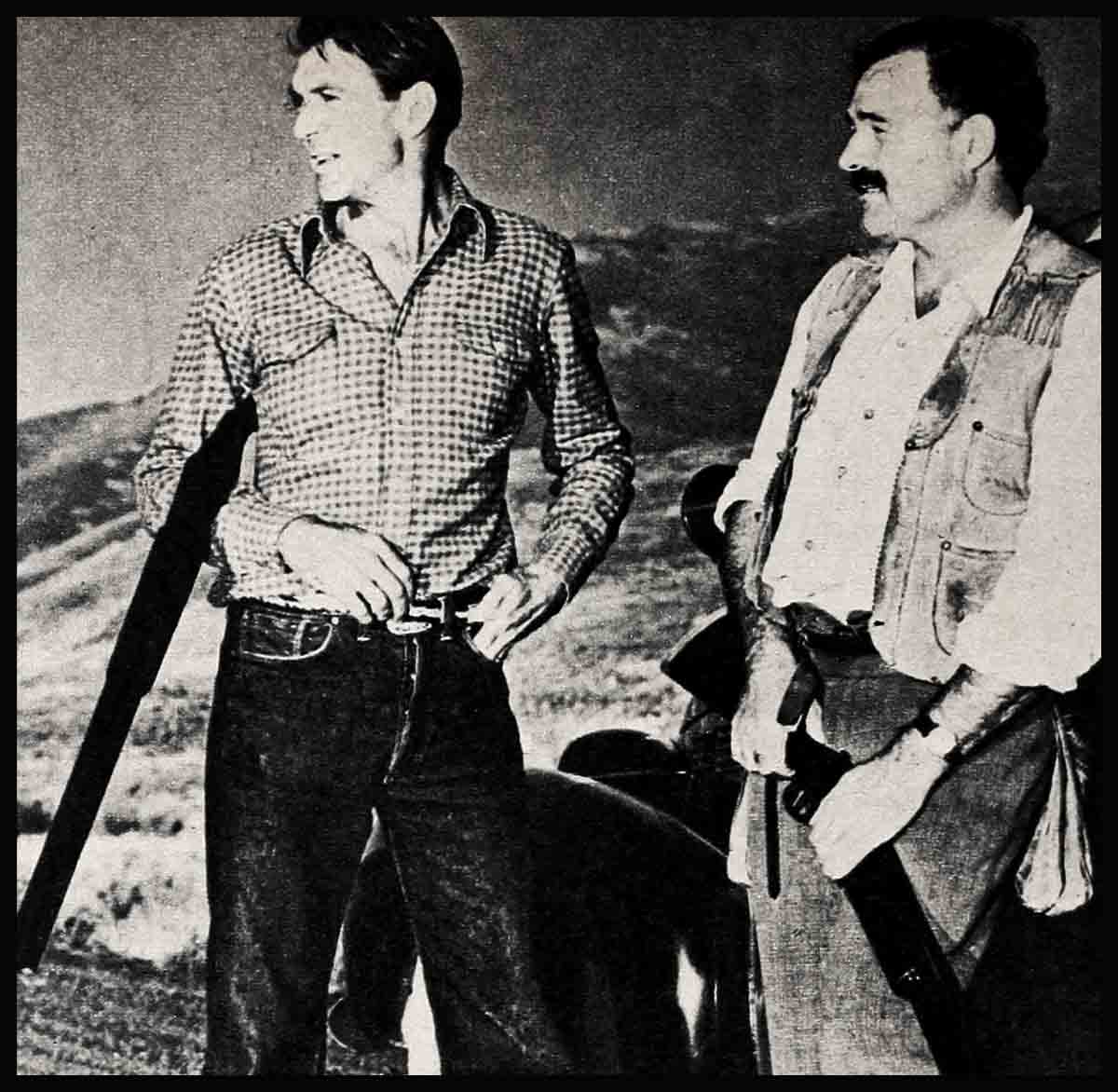
A Lesson Every Woman Must Learn!—Gary Cooper and Ernest Hemingway
This is a story—in its way a love story—that many women wiU find hard to understand—at first.
Yet there are some women who will understand it immediately—a woman in Ketchum, Idaho, for instance, whose husband called her “Miss Mary.” And another woman in Hollywood, California, whose husband called her “Rocky.” And a few others here and there—to them this account of the friendship and love between two men will seem simple and beautiful.
But if you are one of those to whom this story will seem confusing, think about it a little. And once you do, maybe you’ll have a better understanding of the man in your own life. Maybe you’ll understand why his friendships with other men mean so much to him—so much that he’ll leave you home sometimes by yourself, to go talk man-talk . . . or play poker . . . or bowl . . . or hunt and fish. A woman wouldn’t do that, you say—she’ll only step out with the girls when she can’t be with her husband. Then why . . . ?
This story answers that question.
This story answers the riddle of Gary Cooper and Ernest Hemingway, two rebels who fought all their lives against being what writer Richard Starnes once called “today’s mama-ridden, wife-dominated, togetherness-cursed males.” Their friendship blossomed late in life, indeed just in the last couple of years. But their lives and careers paralleled each other so closely as to be almost unbelievable.
“Papa” Hemingway was at the Mayo Clinic in Rochester, Minnesota, being treated for high blood pressure and “incipient diabetes”—the same illnesses which drove his father to commit suicide by shooting himself—when he learned that Gary Cooper was dying of cancer. Hemingway immediately put through a long-distance call to Hollywood and tried to cheer up his friend and hunting companion.
They talked about old times. Of how they’d first met in the fall of 1940 and had gone hunting in Sun Valley, Idaho, for ducks and pheasants. And of how, as soon as both were feeling better, they’d have to “get away from it all”—doctors and wives and work—to “get our butts wet” again. They’d already postponed one hunting trip because of Coop’s illness, but like two schoolboys wanting to play hooky, they made new plans.
Their conversation sputtered to an end. Neither was much for telephones. Too mechanical, too artificial. A man could really talk to another man only out in the woods or by a trout stream. Hemingway promised to try to visit his friend soon and was about to hang up. But Coop had one thing more to say.
His slow drawling voice came clearly over the wire, understated, unsentimental, in words that Hemingway himself might have written.
“Papa,” he said, “I bet I beat you to the barn”
It was his way of telling his friend he knew he was dying. It was his way of saying goodby to him.
In May of this year Gary Cooper, 60, died of cancer. Hemingway was too ill to attend the funeral, although he was an honorary pallbearer.
Less than two months later, 62-year-old “Papa,” despondent and depressed by Coop’s death, shot and killed himself.
When Gary’s wife, Rocky, heard that Hemingway had died, she said, with tears in her eyes, “They’re both in the barn now.”
Even more striking than the similarities about the deaths of Ernest Hemingway and Gary Cooper, are the facts about their lives. Both set courage and loyalty to friends at the very top of their personal codes—higher, perhaps, than love for women.
Both Coop and Papa rebelled against their parents’ notions of what they should do and what they should be. And their rebellions started pretty early.
Coop (born Frank James Cooper) was the son of Charles Henry Cooper, an associate justice of the Montana State Supreme Court. When he was nine, his mom and dad decided that their two boys’ crude Montana manners needed some English polishing. So he and his older brother Arthur were shipped off to Dunstable, a public school in Bedfordshire, England—much against Gary’s wishes.
At Dunstable, Gary stood out from his “gentlemanly” classmates like a pig in a poke. He just couldn’t get the hang of Latin verbs—and didn’t want to. He hated his fancy school clothes—blue jeans and an old shirt were more to his liking. When a newsboy teased and taunted him about his “spiff) duds,” that did it! He punched the other kid in the nose.
The headmaster at Dunstable acted promptly. He requested that Mr. and Mrs. Cooper “remove their sons from the premises,” which they immediately did. Nevertheless, their three-year stay at the school made a lasting impression. They say the students at Dunstable School still use “Howdy, pardner” as their standard form of greeting.
Ernest Hemingway’s mother also tried to force him into a mold for which he wasn’t suited. She had ambitions to be a singer, and used to invite friends and neighbors into their 30-foot square music room to hear her perform. Dutifully the neighbors and friends came.
When her son Ernest was very young, she forced a cello upon him and made him practice and play. “My mother kept me out of school one whole year to study music and counterpoint,” Hemingway recalled later. “She thought I had ability, but I was absolutely without talent. We played chamber music—someone came in to play the violin, my sister played the viola, our mother the piano.”
Every so often he ran away from home—leaving his cello behind—to work at odd jobs. This was his way of winning freedom, however temporary it was, from Grace Hemingway’s apron strings. When he did learn a better way, he learned it from his father.
Dr. Clarence Edmond Hemingway was senior obstetrician at the Oak Park Hospital, in Illinois—a man of stature—yet he still had the need to flee his wife’s world of “Do this” and “Don’t do that.” Periodically, he and the boy ran away together, to the world of woods and streams, to hunt and fish in Northern Michigan’s magnificent wilds.
In 1928, the elder Hemingway could run no longer. Suffering from diabetes and angina pectoris, he crept upstairs, took an old Civil War revolver out of a cabinet, put it into his mouth and pulled the trigger. (Years later, Ernest was to receive a Christmas present from his mother—a package containing the same gun with which his father had killed himself.)
It was at Fossalta on the Italian Piave, on July 18, 1918, that nineteen-year-old Ernest first experienced “a fear of his own fear” that was to. bring about “the lifelong need to test his courage.” As a volunteer soldier in the Italian infantry, he was injured seriously by an Austrian trench-mortar while giving out chocolate bars to three Italian soldiers.
He was to write later, “I died then. I felt my soul or something coming right out of my body, like you’d pull a silk handkerchief out of a pocket by one corner. It blew around and then came back and went in again. I wasn’t dead any more.”
He wasn’t dead, but with his legs badly shattered he carried one of his three companions back to safety. (The other two soldiers were dead.) A machine-gun burst hit him in back of the knee and he was out for good.
Three months later he was released from the hospital after having been given a bone graft, a new aluminum kneecap, and two decorations. Two hundred and thirty-seven pieces of shrapnel had been found in his body.
That blast of mortar fire and burst of machine-gun bullets had also presented him with the subjects that were to dominate his writing, and the obsessions that were to shape his life: fear, courage, death.
Gary Cooper’s destiny was also thrust upon him violently. After having said goodby and good riddance to his English Little Lord Fauntleroy suit, he slipped back into his American jeans and old shirt and went to high school in Helena, Montana.
One day, when he was thirteen years old, he was riding with a friend in a Model T, when the brakes failed to hold. His pal was thrown clear, but Coop was pinned under the overturned car. His leg was broken and he suffered what the doctor diagnosed as “torn ligaments in the hip.”
For a while he hobbled around on crutches, and then his doctor suggested he go to his father’s ranch at the head of the Missouri River near the Big Belt Mountains, about fifty miles away from Helena, to recuperate. Because every step he took caused him excruciating pain, he preferred to ride. He spent about two years at the ranch, most of the time in the saddle, and learned to anticipate every move of his horse so as to lessen the pain in his hip. When he had to walk, he affected that characteristic rolling gait which years later, when he was a movie star, studio press agents characterized as the “typical cowboy walk.”
It was this superb horsemanship, gained during his two years of convalescence, that led Coop to his first movie job. Some cowboys from Montana told him he could make ten dollars a day riding a horse in a Tom Mix picture—five dollars extra if he would take a fall while his mount was galloping. His reaction was one of amazement. “You know,” he said, “it seems like a right nice way to make a living.”
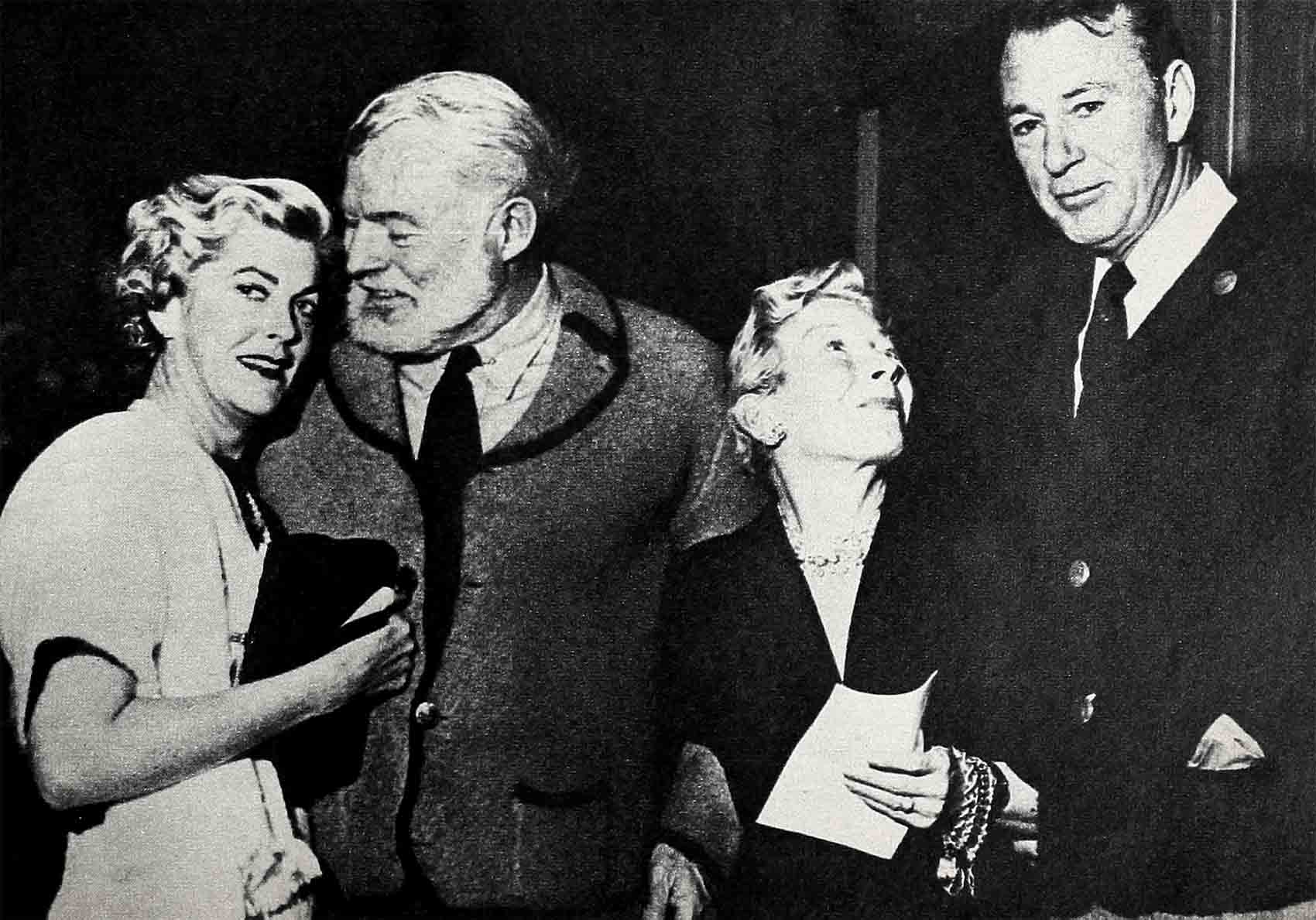
Baptism by violence
Well, it wasn’t all “nice.” Like Hemingway, Cooper had had his baptism by violence, and in the years that followed he, too, had to test his own courage many times. In the early days as a movie stunt rider, every inch of his body was bruised, and his hip ached something awful each time he climbed on a horse. (An X-ray, taken years later, showed that his early Model T accident had opened a wide crack in his hip bone.) At one time or another, he damaged his right shoulder, contracted yellow jaundice, developed ulcers, suffered four hernias, and was bitten by a star—a dog; hooked by steers, kicked by mules, almost drowned, knocked down by dynamite, beaten up by a fellow actor, wounded by a blank cartridge, burned in a dressing room fire, partly deafened by an explosion and generally manhandled and mauled.
He summed it all up neatly: “Most of my life I’ve been held together by bandaids.”
For fun he went hunting in Africa, and fishing on uncharted streams.
Wound for wound, scar for scar, Hemingway matched Cooper. Once he shot himself in the foot while sniping at sharks during a fishing expedition. In London in 1944, during the blackout, the taxi in which he was riding smashed up, and fifty-three stitches were taken in his head. But despite his doctor’s objections, he left the hospital and pushed off to the Normandy beachhead in an attack transport. Five years later he was shooting birds near Venice when a tiny fragment of shotgun wadding flicked into his eye. Severely infected with acute blood poisoning, it took sixteen million units of penicillin to save his life.
Only once did he walk away from a war unscratched. During the Spanish Civil War, which he covered as a newspaper correspondent, he was sitting in a hotel room at his typewriter when three artillery shells sailed in the window, flew over his head and went out through the far wall. The papers on his writing table fluttered to the floor, but nothing else in the room was disturbed.
Women often ask the question: Why do men like Cooper and Hemingway go out of their way to look for danger? For that matter, why does any man?
A well-known psychologist gives one answer: “Men resent being tied down, resist being molded into a woman’s idea of what a man should be like. If a woman would treat her husband as if he were still a bachelor, someone to attract and interest rather than subdue, then maybe her mate would find her as exciting as hunting or fishing or anything else by which he tries to escape.”
Frank Cooper, the boy who didn’t want to be stuck in a little Lord Fauntleroy suit, became Gary Cooper, the man who wished to be only himself, without any woman pushing him into anything. Not that women didn’t try to rope, hog-tie and put their special brand on him. Lots of them tried and lots of them failed.
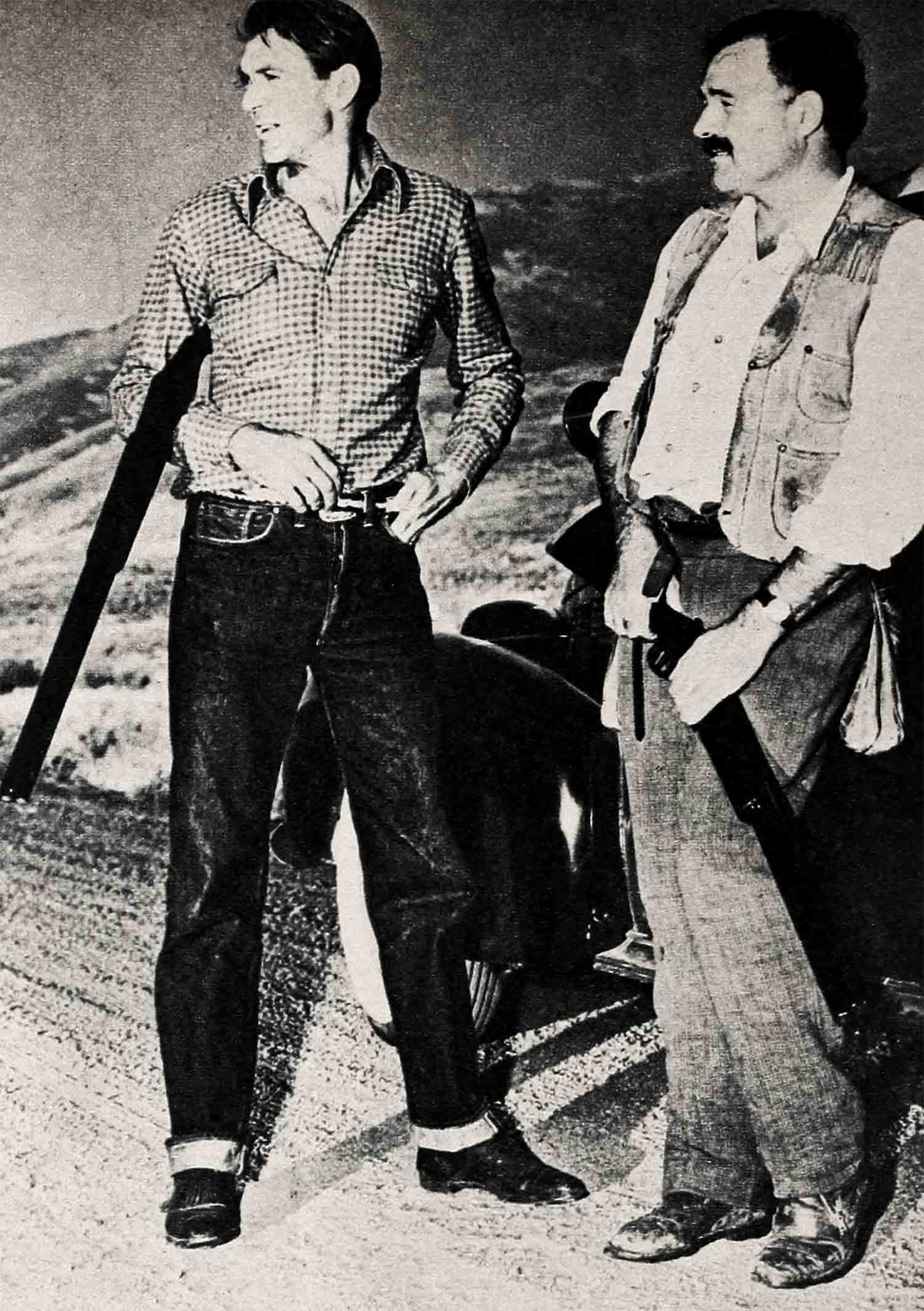
He married his girls
Hemingway, too, had his share of romances that didn’t “take,” except that he always married the girl. There was his first wife, Hadley Richardson, who bore him a son, but who tried to keep him home by the fireside when he wanted to be out chronicling the activities and antics of “The Lost Generation,” in Paris during the ’20s. After divorcing her in 1927 he married Pauline Pfeiffer, who bore him two sons. She was wealthy and a society lady; she tried to change him and he ended up by divorcing her. Then came Martha Gellhorn, and that marriage also was terminated in a divorce court.
Shortly after the end of World War II, Hemingway met the non-demanding woman he’d always been searching for. She was Mary Welsh, also a writer, a trim little blonde who understood his love of adventure because she herself shared it. It was “Miss Mary,” as he always called her (she called him “Papa”), who was with him that near fatal day when their plane crashed in the wild elephant and crocodile country of Uganda, on the Upper Nile. A search plane spotted the lifeless wreckage, and the world was informed that Ernest Hemingway was dead.
But he lived to laugh at his obituaries. Although he suffered a burned arm, a skull fracture, a broken spine and a ruptured kidney—and Miss Mary had some broken ribs—he staggered out of the jungle after two days. He had his wife on one arm, and a bunch of bananas and a bottle of gin in his free hand. “Miss Mary had never seen a plane burn before,” he said, “and that is a very impressive sight—especially when you’re in the plane.”
For fifteen years they were inseparable, because she went where he wanted to go. He summed up his feelings and their love in a simple sentence, “We’re so happy it’s sinful.”
“Without her—empty . . .”
Once at his home at Finca Vigia in Cuba he said, “When she is away, the Finca is as empty as the emptiest bottle, and I live in a vacuum that is as lonely as a radio tube when the batteries are dead and there is no current to plug into.”
Coop met his own “Miss Mary” in 1933 at a party. Her name was Veronica, she’d made a few movies under the name of Sandra Shaw, but he called her “Rocky.” She’d fallen in love with him before they’d met. As a college girl she’d seen Coop on the screen in “Morocco,” and that was it. And when Gary saw her, that was it, too.
They were married in 1934 and lived together happily for twenty-seven years, except for three years, starting in 1951, when they separated. Eventually Coop returned to his wife. She said simply, “It was worth waiting to have him come back.”
Shared life and death
From then on, Coop shared his life with Rocky—and he shared his death with her, too. She was the only one who knew that he was dying.
At the Friars Club testimonial dinner held for him in January, he kept his secret from the world. It was only after the Academy Award presentations in April, at which Jimmy Stewart, in accepting a special Oscar for Coop, said, “We’re very proud of you, Coop. All of us are tremendously proud,” that the news leaked out. Gary Cooper was dying of cancer.
Dr. Rex Kennamer, who’d had to break the bad news to him originally, recalled, “He didn’t say anything when I told him. He never even flinched. I left him and later got a phone call from him. He said, ‘Young fellow, I know you were a little nervous about telling me the news. I just want you to know I appreciate it. Thanks for telling me.’ ”
Hemingway, too, realized he was very ill, yet he hoped to make one more trip to Africa with his friend, Gary Cooper. Coop was one of two movie stars (Marlene Dietrich was the other) whom Papa liked. And he couldn’t stand the way Hollywood “massacred” his stories in the process of transferring them to the screen. When he went to “The Sun Also Rises,” he declared, “Silliest damn thing I ever saw!” After he viewed “The Killers,” he yelled, “Get me to the bathroom—I’m going to be sick!” He thought that Cooper personally had done a good job in “A Farewell to Arms,” but couldn’t take the happy ending they’d tacked on it. Only “For Whom the Bell Tolls” pleased him. He said to Coop, “You played Robert Jordan just the way I saw him, tough and determined. Thank you.”
The plans didn’t work
But his plans for “one more safari” didn’t work out. Twice he was a patient at the Mayo Clinic, and for long stretches. He was treated for high blood pressure and incipient diabetes (the ailment that had caused his own father to kill himself). His fits of depression were so severe that he was given shock treatment.
Papa’s friend Coop “beat him to the barn” and died peacefully in his sleep after a four-month battle against cancer. Rocky and Maria were at his bedside. Severely depressed by his friend’s death and his own fading powers, Hemingway returned to his Ketchum, Idaho, home after a long stay at the Mayo Clinic. One night, shortly after his return, he had dinner with his wife, and later, while he brushed his teeth, she sang him an Italian folk song—Tutti Mi Chiamano Bionda (Everybody Tells Me I’m Blond). He joined her in singing the last line.
The next morning at 7 a.m. he went downstairs in his pajamas, took a 12-gauge hunting gun from the rack, put the barrel in his mouth and pulled both triggers of the hammerless tandem mechanism.
Coop and Papa had made their last safari, after all.
THE END
—BY PAUL ANTHONY
It is a quote. PHOTOPLAY MAGAZINE OCTOBER 1961


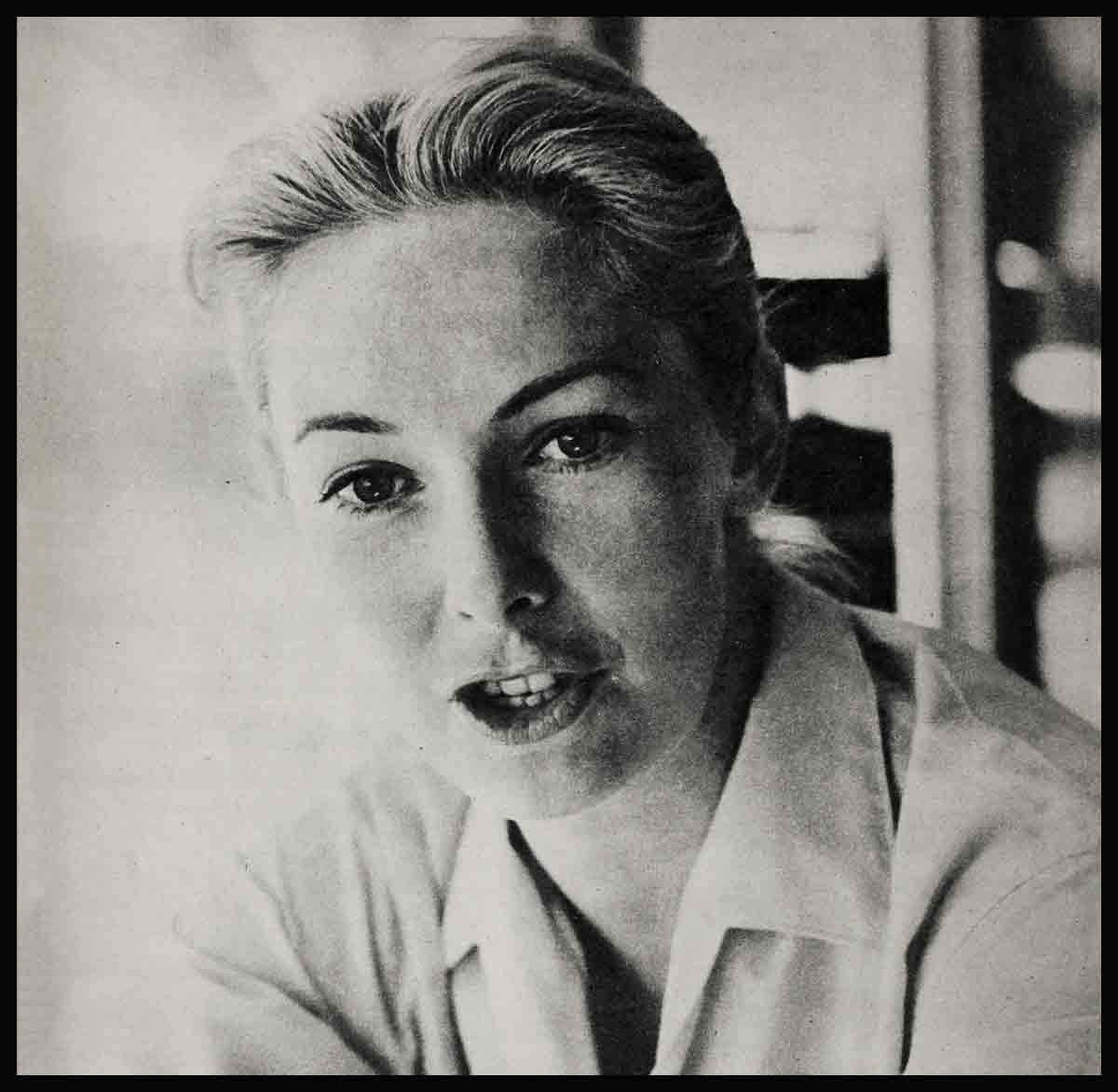

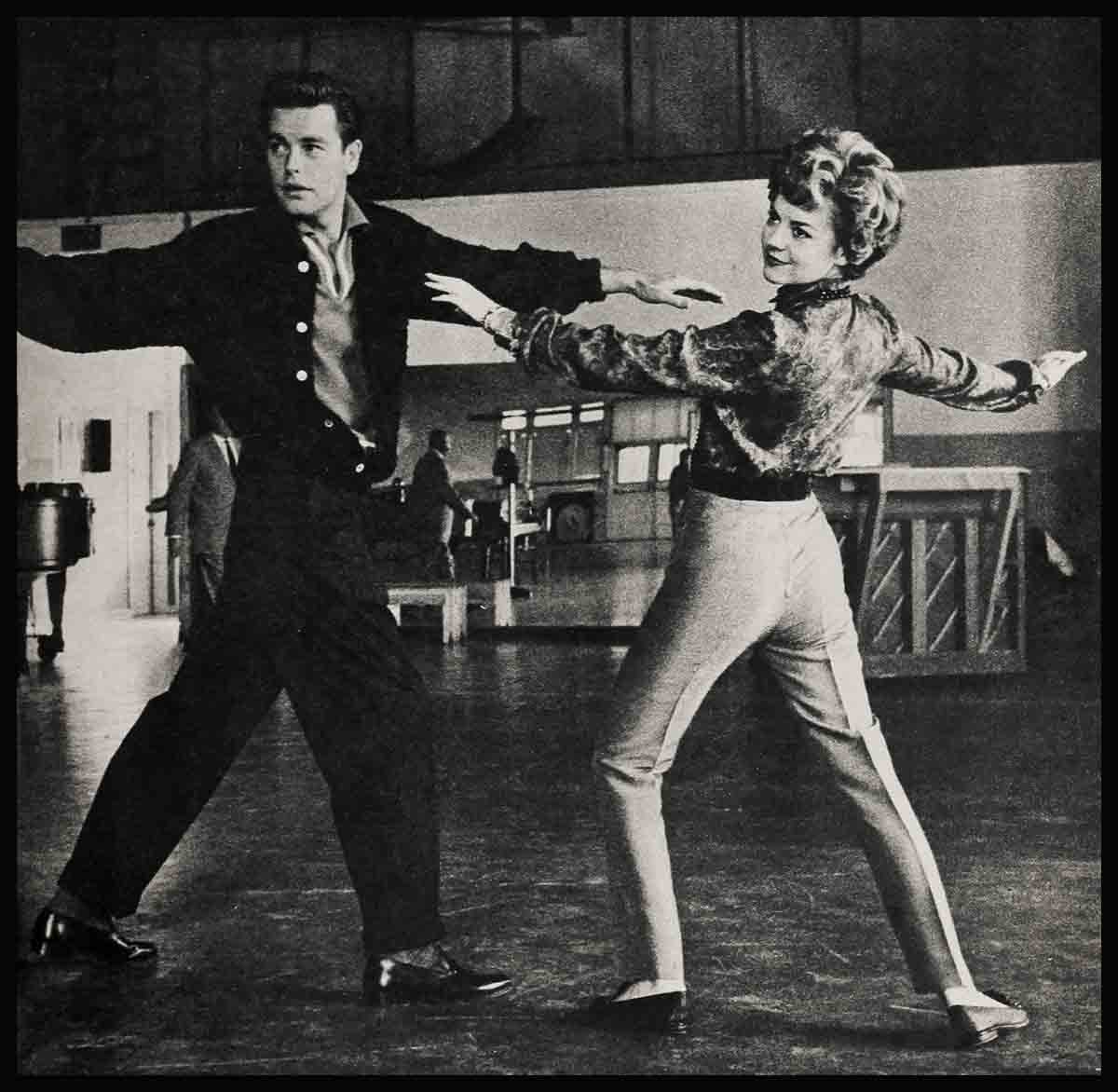
zoritoler imol
1 Ağustos 2023I have not checked in here for a while since I thought it was getting boring, but the last few posts are great quality so I guess I¦ll add you back to my everyday bloglist. You deserve it my friend 🙂